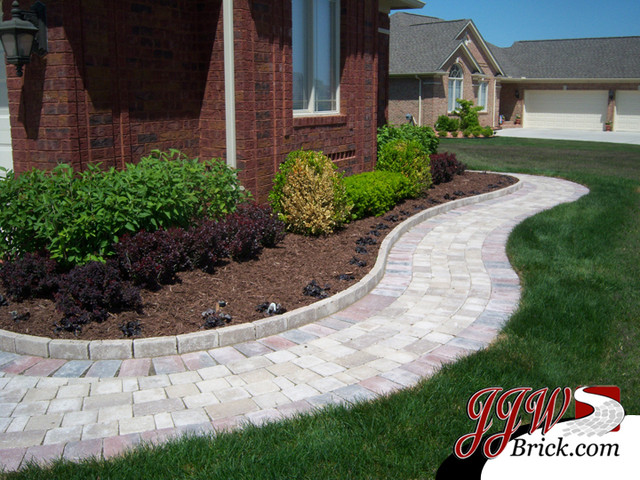How do you design a business landscape?

Designing a commercial landscape entails careful planning, consideration of assorted components, and adherence to specific objectives and regulations. A well-designed business panorama enhances the performance, aesthetics, and overall appeal of a business property. Here are the key steps to design a commercial landscape:
Assessment and Analysis:
Site Analysis: Begin by conducting a thorough web site analysis. Evaluate the prevailing circumstances, together with topography, soil high quality, drainage, and current vegetation. Consider any environmental or regulatory constraints that may impression the design.
Client Needs and Goals: Understand the particular wants and targets of the shopper or property owner. This contains concerns like branding, accessibility, maintenance necessities, and budget constraints.
Best landscaping company : Identify the first customers of the house, whether or not they are clients, staff, visitors, or residents. Consider their needs, preferences, and how the landscape will serve their necessities.
Concept Development:
Functional Layout: Develop a practical format that defines the arrangement of out of doors spaces, pathways, parking areas, and other key elements. Ensure that the structure aligns with the intended use of the property.
Aesthetics and Style: Consider the specified aesthetic type and branding of the business property. Choose landscaping elements and design features that complement the overall architectural design and branding identity.
Sustainability: Incorporate sustainable design principles, similar to water-efficient landscaping, native plant choice, and eco-friendly supplies, to scale back environmental influence and resource consumption.
Accessibility: Ensure that the panorama design complies with accessibility standards and laws, providing equal access to all customers, together with those with disabilities.
Plant Selection and Hardscape Design:
Planting Design: Select acceptable plant species and varieties primarily based on native local weather, maintenance requirements, and aesthetic preferences. Consider factors like color, texture, and seasonal curiosity.
Hardscape Elements: Design hardscape options similar to walkways, patios, seating areas, signage, lighting, and irrigation techniques. Ensure that hardscape materials are sturdy and appropriate with the design aesthetic.
Lighting Design: Develop a lighting plan that enhances safety, safety, and aesthetics. Use a combination of ambient, activity, and accent lighting to spotlight key elements and pathways.
Stormwater Management:
Incorporate stormwater management options such as permeable pavements, rain gardens, bioswales, and detention basins to handle rainwater runoff effectively and reduce environmental influence.
Sustainability and Maintenance:
Select low-maintenance landscaping options and materials to attenuate ongoing upkeep prices and reduce the necessity for frequent upkeep.
Develop a upkeep plan that outlines regular tasks, schedules, and responsibilities for maintaining the landscape, together with pruning, watering, fertilizing, and pest control.
Cost Estimation and Budgeting:
Prepare a detailed value estimate for the complete landscaping venture, together with development, materials, labor, and ongoing maintenance. Ensure that the budget aligns with the client's monetary constraints.
Regulatory Approvals:
Check native zoning codes, constructing regulations, and environmental ordinances to ensure compliance with legal necessities. Obtain any necessary permits or approvals earlier than starting construction.
Construction and Installation:
Hire qualified contractors and oversee the construction process to make sure that the design is carried out correctly. Monitor high quality management and project progress.
Post-Construction and Ongoing Maintenance:
After construction, conduct a ultimate inspection to confirm that the landscape design has been executed based on the plan.

Implement the upkeep plan to make sure the long-term well being and look of the business panorama. Regularly consider the landscape's performance and handle any points promptly.
Feedback and Adjustments:
Gather feedback from customers, property owners, and upkeep staff to establish areas for enchancment. Make changes and enhancements as needed to satisfy evolving needs and preferences.
Designing a industrial panorama is a multifaceted process that requires expertise in landscaping, architecture, and challenge administration. Engaging with a qualified landscape architect or designer can help ensure that the ultimate design aligns with the client's objectives and meets all essential requirements..
